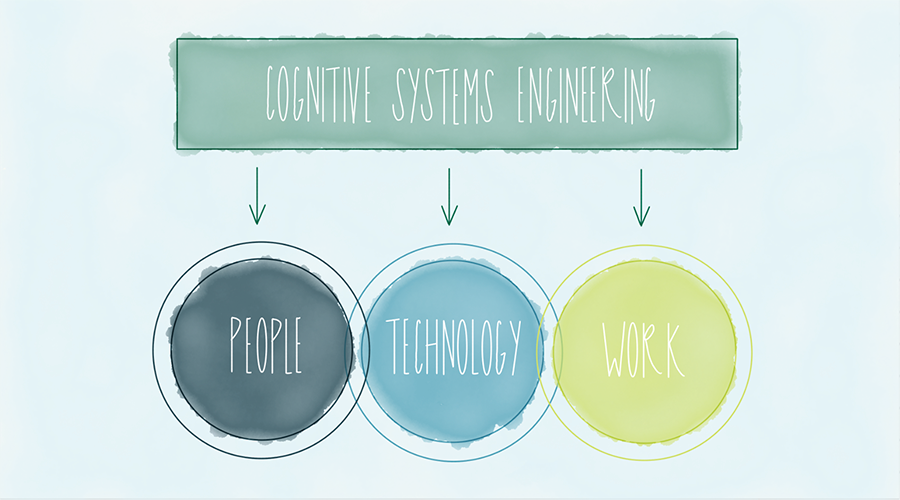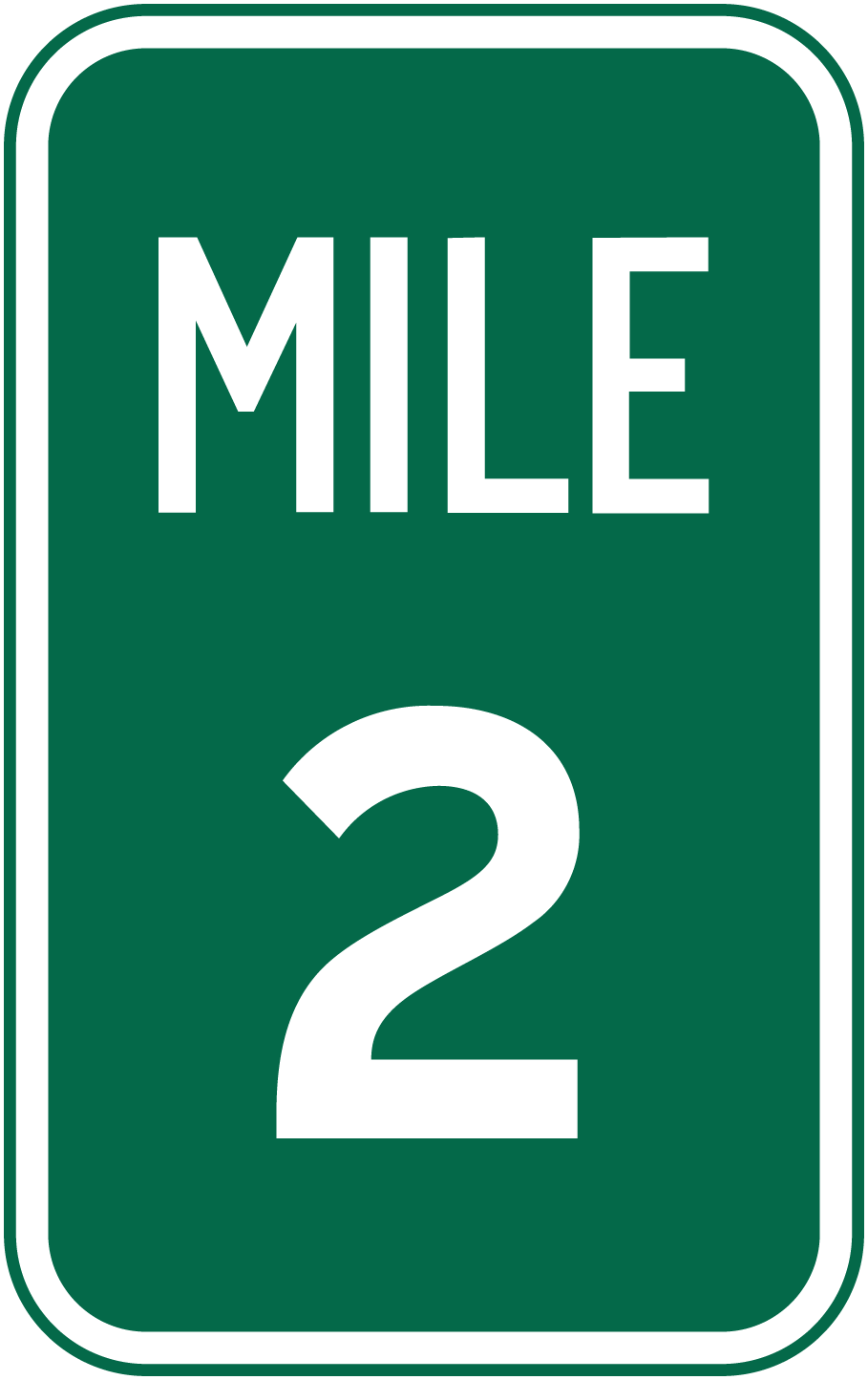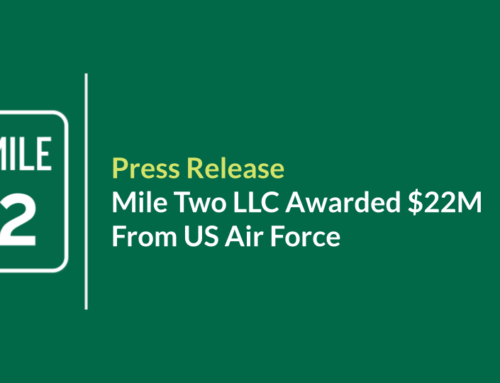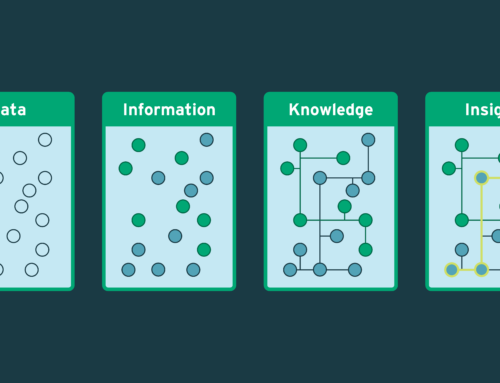
Mile 2 is a unique software design and development company that applies cognitive systems engineering (CSE) expertise to design effective human-machine teams.
What is CSE?
CSE refers to the process of understanding what humans do—especially when they interact with complex technology—and engineering new solutions based on that knowledge discovery. These interactions and thought processes, collectively referred to as cognitive work, are the foundation of what CSE uniquely contributes to the development of solutions for our clients.
The goal of CSE is to gain an understanding of our clients’ cognitive work in order to design support tools, both at a micro-cognitive (i.e. one person, one screen) and a macro-cognitive scale (i.e. problem-solving with multiple agents). Mile 2 considers all applicable patterns of cognitive work that can be generalized, such as intelligence analysis, anomaly response, medical diagnosis, data interpretation, and contingency planning or re-planning. Understanding cognitive work means also understanding joint cognitive systems, which simply refers to systems composed of people and machines. For our diverse clientele, machines could mean algorithms, sensors, robots, and much more.
Understanding the Work
To gain a thorough understanding of the cognitive work that practitioners do in the field, we use many different techniques, such as interviews, observations, and staged-world simulations. We use situationally dependent methods to gain multiple perspectives of our customers’ toughest challenges. For example, in the case of an anomaly response problem, we would consider factors like:
- What data is used in anomaly detection?
- How do people interpret data to identify threats?
- What data informs the context to change that interpretation?
- What specific events or anomalies might cause a joint system to replan?
Conceptual Models
As our understanding of a client’s cognitive work grows, we create conceptual models to express a framework of details important to accomplishing the cognitive work. Details irrelevant to the cognitive work are left out, allowing the important relationships and interactions to be captured. Examples of models that may be created include goal-means decompositions, abstraction hierarchies, analogies, and scenarios.
Modeling cognitive work creates the foundation for relevant, timely, and appropriate technological solutions. We reduce some of the inherent challenges by leveraging previously created models. This is accomplished by identifying and capturing common patterns of cognitive work independent of specific domains. Some common patterns include:
- Adaptation to demands and constraints
- Workarounds to obtaining results
- Coordination costs
- People-centric activities which cannot be perfectly substituted by technology
When our knowledge-gathering and synthesis techniques are successfully applied, Mile 2 may understand portions of our clients’ work better than they have understood it themselves. This level of reflection that Mile 2 creates can produce familiar representations of the system as well as some surprising ones. Our client’s feedback in this manner is essential to support the design of effective human-machine teams.
Designing Human-Machine Teams
Mile 2 designs may involve refining the existing system, re-envisioning the existing system with new roles and new responsibilities, or even envisioning an entirely new system. Whether it is a full support tool, a model of the cognitive work, or a scenario representing the complexity of the work, we build design artifacts suitable to the project’s needs at every stage. In each of these cases, Mile 2 applies representation aiding techniques to construct our design artifacts.
Defining frames-of-reference is the most important technique underlying our design artifacts. A well-designed frame-of-reference helps a person answer a question, make a decision, or interpret data with ease and efficiency. For example, a frame-of-reference for detecting anomalies might include anomaly strength, occurrence/frequency data, or impact on the system. This approach emphasizes putting data into context by highlighting events and showing critical landmarks or boundaries to aid in our clients’ cognitive work.
Artifacts as Feedback
Testing our design hypotheses is challenging due to the wide range of variables that may impact system performance throughout the CSE process. For this reason, client and stakeholder feedback on our models and hypotheses is essential at every stage. Early in the design process, when design artifacts are at a lower fidelity, feedback should be centered around the model(s) and details gathered about the cognitive work. When the design artifacts are medium fidelity in terms of visual design and temporal dynamics, scenarios are driving the design hypotheses and feedback can be given on any design aspect—the visual design, model of the work, system dynamics and flow, and more. As the designs progress, high-fidelity artifacts allow for more detailed feedback and open-ended use to gauge performance in a real-world setting. Throughout the project, feedback is collected and iteration occurs and may involve revision or refinement of models, hypotheses, and designs. This iterative mechanism is the foundation of Mile 2’s CSE process.
Expanding our Expertise
Cognitive work principles are at the core of everything Mile 2 does. We believe that every team member benefits from a deep exploration into what makes people and technology work together in harmonious human-machine systems. Because this work is so integral to our mission, Mile 2 is committed to expanding our knowledge base and keeping our techniques at the leading edge of cognitive work studies. We have invested in a CSE bootcamp taught by renowned professor Dr. David Woods from the Ohio State University’s CSE Laboratory. The bootcamp provides guidance for cross-functional software teams in the employment of CSE techniques to build better and more efficient tools for our clients.
Connect With Us
What is it that CSE can help your organization achieve? Contact us to start the conversation.
[DISPLAY_ULTIMATE_SOCIAL_ICONS]



